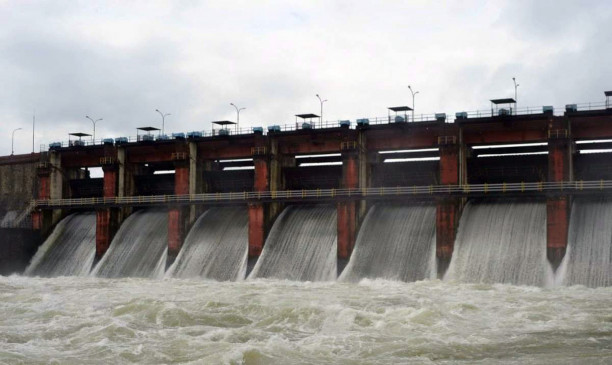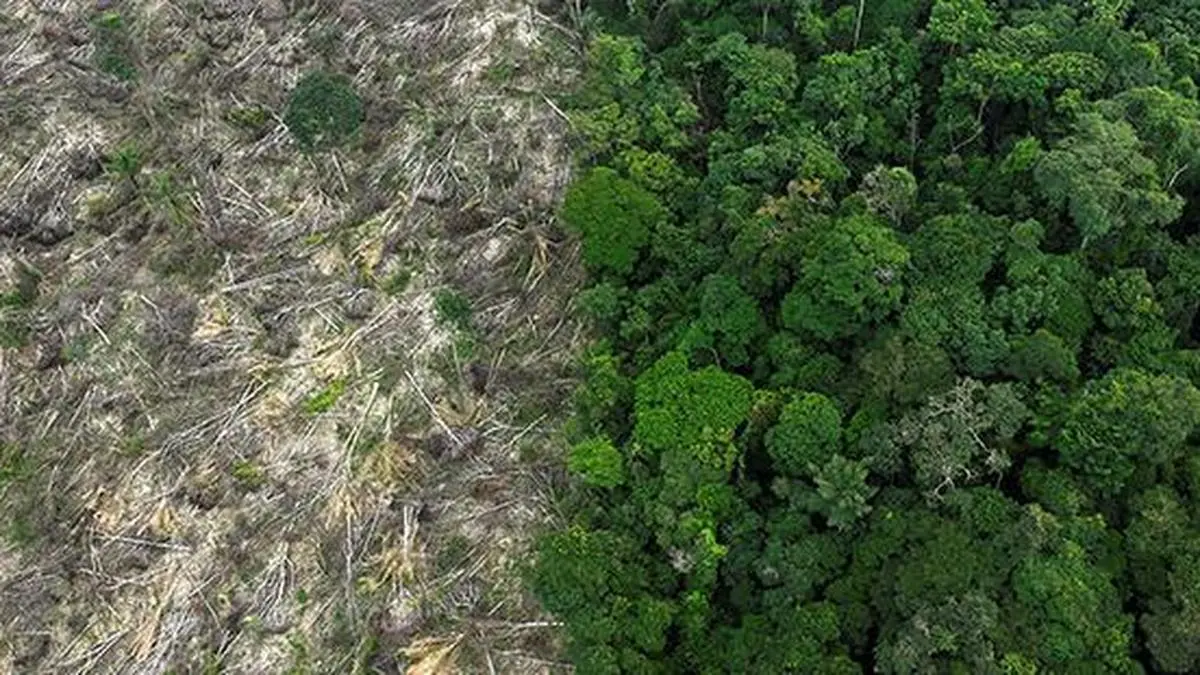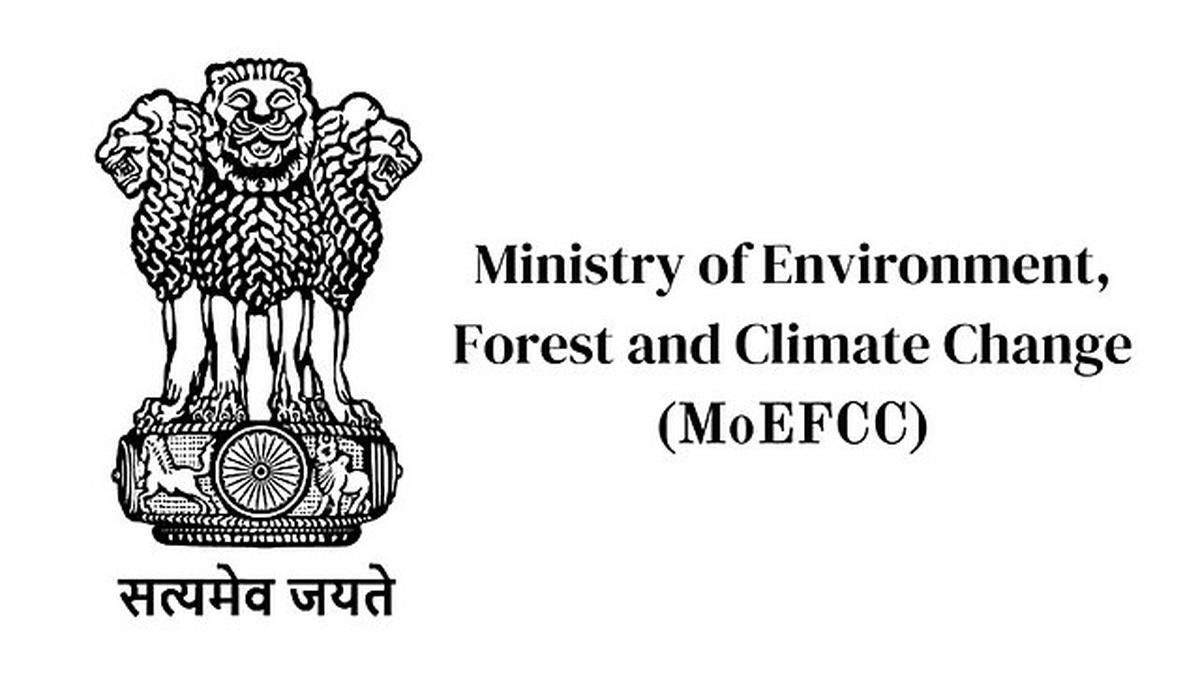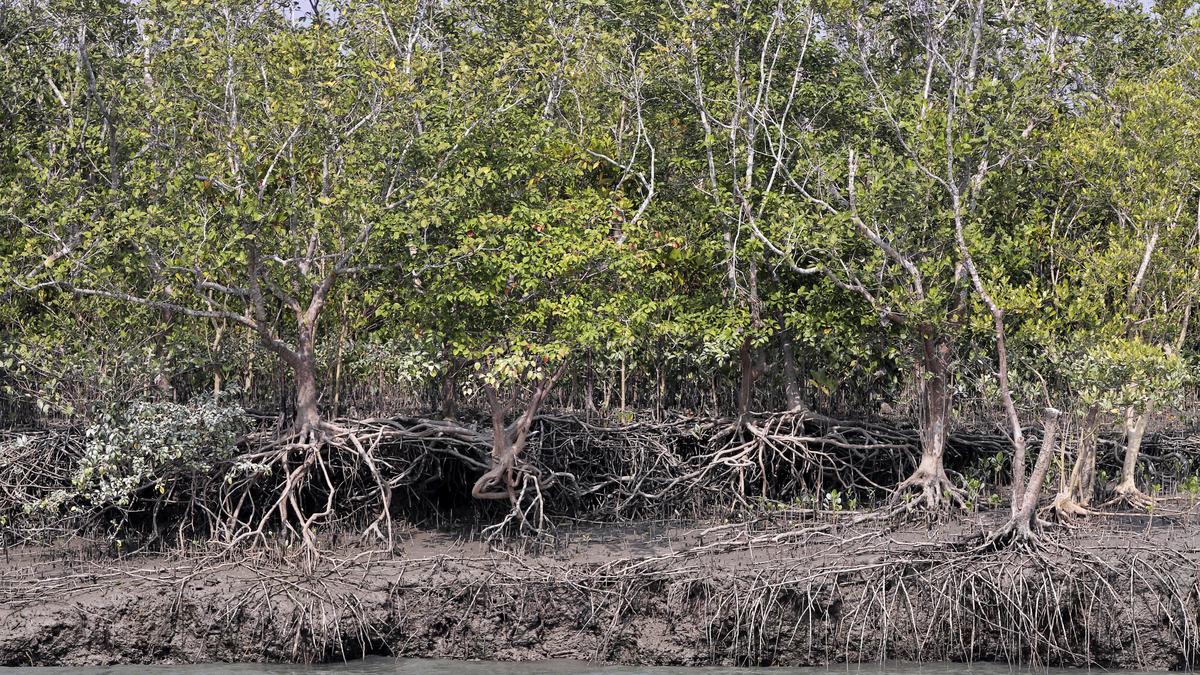Description
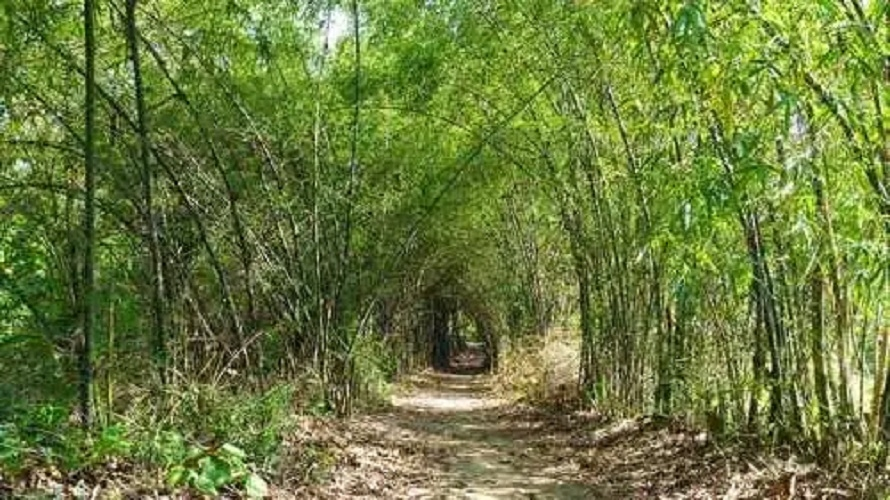
Disclaimer: Copyright infringement is not intended.
Context:
- In compliance with a February 19, 2024, Supreme Court order, the Ministry of Environment, Forests and Climate Change (MoEFCC) uploaded the various State Expert Committee (SEC) reports on its website earlier in April. .
Details :
- This interim order of SC was in response to a public interest litigation challenging the constitutionality of the Forest (Conservation) Act Amendment (FCAA) 2023.
- This disclosure came amidst criticism that the proposed legislation would undermine the Godavarman judgment and exclude all unclassed forest land from its scope.
- A key concern in the petition was that the status of unclassed forests, which were to be identified by the SEC reports, wasn't known or if they had been identified at all.
- As per the petitioners, with the enactment of FCAA, unclassed forests, which have legal protection under the landmark T.N. Godavarman Thirumalpad (1996) case -, would lose this protection, leading to their inevitable diversion.
As per the SC central governments were required to do the following:
- SEC Reports: The State Expert Committee (SEC) reports were required to be prepared in accordance with the order. This order specified that all areas meeting the definition of "forests" and all categories of forests, regardless of ownership or notification status, would be covered under the Forest (Conservation) Act, 1980.
- Central Government Approval: Consequently, unclassed forests, also referred to as deemed forests, would necessitate approval from the Central government if a project proponent sought to divert this land for non-forest purposes.

Unclassed forests
- Unclassed or deemed forests may belong to forests, revenue, railways and other government entities, community forests or those under private ownership, but are not notified.
- The identification status of these forests remained unknown from 1996 until they gained attention again when the Ministry of Environment, Forest and Climate Change (MoEFCC) informed a Joint Parliamentary Committee that State Expert Committees (SECs) had identified unclassed forests and documented them.
Concerns over State Expert Committee (SEC) reports:
- None of the states have provided verifiable data regarding the identification, status, and location of unclassed forests.
- Seven states and Union Territories—Goa, Haryana, Jammu & Kashmir, Ladakh, Lakshadweep, Tamil Nadu, and West Bengal—appear not to have established SECs at all.
- Out of the twenty-three states that have shared their reports, only seventeen are compliant with the directives outlined by the Court.
- Many states have cited the short timeframe provided by the Supreme Court (one month) and the extensive nature of the work as reasons for not conducting physical cadastral surveys or demarcating unclassed forest lands.
- Only nine states have provided information about the extent of unclassed forests.
- Most states and Union Territories (UTs) have shared information about different types of forest areas as specified in the order. These include areas under government ownership, either with forest or revenue, and in some cases, under other government departments.
- Few states or UTs specified the geographic locations of forests. When geographical information was provided, it was typically limited to reserve or protected forests, which is redundant as this information is already available with Forest Departments.
- The reports question the accuracy of data provided by the Forest Survey of India, the sole government agency responsible for surveying and assessing forests. For instance, the SEC report for Gujarat states its unclassed forests cover 192.24 sq. km, whereas the Forest Survey reports a significantly higher figure of 4,577 sq. km (1995-1999).
The potential effects of the Forest Conservation Act Amendment (FCAA):
- Loss of forests is likely to be a common occurrence across all states, indicating a need for thorough investigation into the matter.
- It is evident that the reports on forest conservation were hastily compiled, utilizing incomplete and unverified data sourced from readily available records. This was done in order to comply with the requirements of the Godavarman order of the Supreme Court.
- The failure to adequately address this issue represents a missed opportunity to fulfill the objectives outlined in the Indian Forest Policy, which aims for 33.3% forest cover in plains and 66.6% in hills.
- The implementation of the FCAA without proper examination of the State Expert Committee (SEC) reports would reflect a lack of diligence on the part of the Government. This oversight is expected to have detrimental effects on India's ecosystems and ecological security.
- Those accountable for this oversight must be held responsible, and the national government should take corrective measures to re-evaluate, recover, and safeguard forest areas in accordance with the 1996 judgment.
Must read articles:
https://www.iasgyan.in/daily-current-affairs/forest-definition
https://www.iasgyan.in/daily-current-affairs/forest-conservation-amendment-act-of-2023
Source:
The Hindu
|
PRACTICE QUESTION
Q) Discuss the implications of the Forest Conservation Act Amendment (FCAA) 2023 and the challenges in its implementation as per the Supreme Court's directives. Evaluate the concerns raised regarding the identification and protection of unclassed forests, and analyze the potential ecological consequences of inadequate forest conservation measures.(250 words)
|






